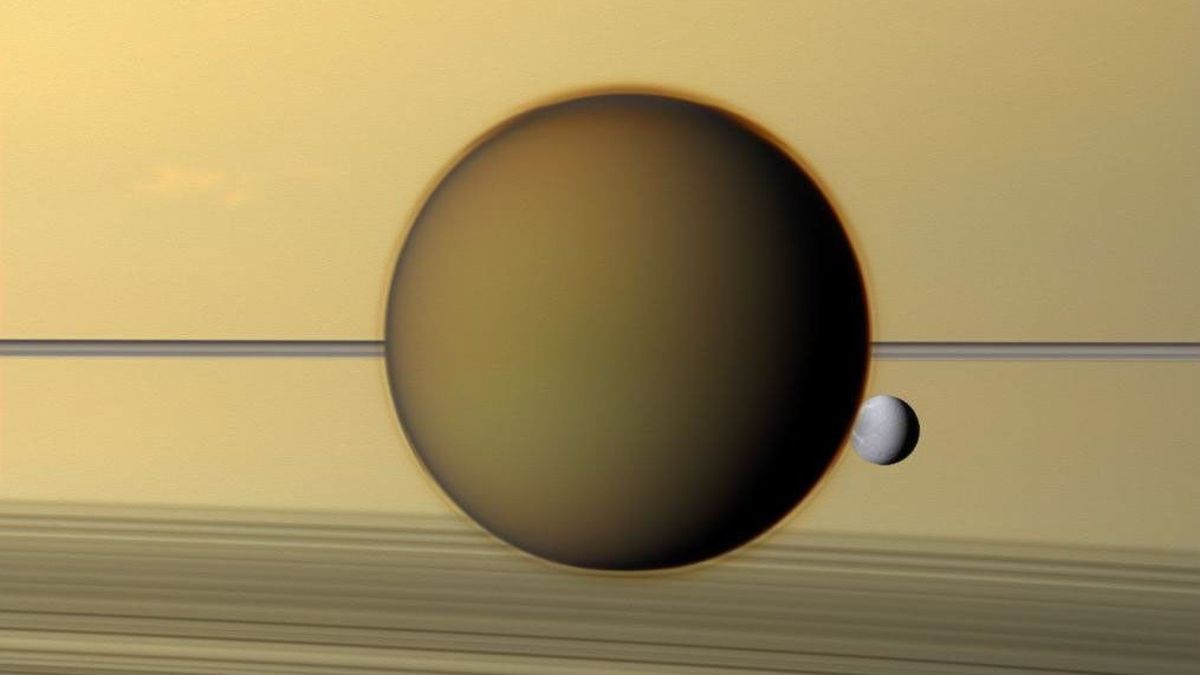Astronomers have used the James Webb Space Telescope (JWST) to uncover two groundbreaking findings: strong evidence of a potential Saturn-sized planet orbiting Alpha Centauri A, our closest Sun-like neighbor, and the discovery of a climate system on Pluto unlike anything else in our Solar System. The Alpha Centauri findings are detailed in two papers accepted by The Astrophysical Journal Letters, while the Pluto research appears in Nature Astronomy.
A Giant Planet Candidate in the Alpha Centauri System
According to NASA, the Alpha Centauri triple-star system, located just 4 light-years away, has long been one of the most intriguing targets for exoplanet searches. It consists of Alpha Centauri A and Alpha Centauri B, both Sun-like stars, and the red dwarf Proxima Centauri, already known to host three confirmed planets.
Using JWST’s Mid-Infrared Instrument (MIRI) in August 2024, astronomers detected an object about two astronomical units from Alpha Centauri A — roughly twice the Earth-Sun distance — and over 10,000 times fainter than its host star. Based on its brightness, it could be a gas giant with a mass similar to Saturn, following an elliptical orbit.


The Webb Telescope’s Challenge of Detection
Observing Alpha Centauri is notoriously difficult because its stars are bright, close together, and move quickly across the sky. The Webb Telescope team designed a custom coronagraphic observing sequence to block out starlight, enabling the faint signal to be detected. Still, follow-up observations in February and April 2025 did not reveal the object, prompting simulations of millions of possible orbits.
Results show that in half the scenarios, the planet would have moved too close to the star during those later observations, making it invisible to JWST. If confirmed, this would be the closest directly imaged exoplanet to its star ever observed and the nearest planet found in the habitable zone of a Sun-like star — although as a gas giant, it would not host life as we know it.
Pluto’s Atmosphere Powered by High-Altitude Haze
In a completely separate the James Webb Space Telescope discovery, scientists found that Pluto’s weather and climate are not driven primarily by its thin nitrogen-methane atmosphere but by a high-altitude haze acting as a planetary thermostat. This haze reaches 125 miles (200 km) above the surface and contains organic grains similar to those seen on Titan, wrapped in thin films of hydrocarbon and nitrile ice.
The haze particles absorb sunlight during the day and radiate infrared energy at night, cooling the atmosphere more effectively than gas molecules alone. This cycle keeps Pluto’s upper atmosphere stable but extremely cold — around -333°F (-202°C) — about 30 degrees colder than gas-only models predicted.
JWST’s MIRI instrument, during a 2022 observation window, was able to separate Pluto’s faint thermal glow from its moon Charon for the first time, confirming that the extra infrared emission comes from Pluto’s haze.


Implications for Other Worlds
Similar haze-driven climate systems may exist on Triton and Titan, and lessons from Pluto could help interpret exoplanet atmospheres where opaque hazes have been detected. The findings also provide insights into early Earth, which may have been shrouded in a methane-rich haze that moderated temperatures and shielded fragile molecules from ultraviolet light, potentially aiding the origin of life.
Both breakthroughs demonstrate JWST’s extraordinary versatility — imaging a faint exoplanet candidate just a few light-years away and detecting a delicate thermal signature in a distant dwarf planet’s atmosphere.
If the Alpha Centauri planet is confirmed, it would become a benchmark object for future studies, including observations by the upcoming Nancy Grace Roman Space Telescope. Meanwhile, Pluto’s haze climate could rewrite models of atmospheric physics, influencing how scientists assess potential habitability on worlds inside and outside our Solar System.
Source link

